Build muscular arms and a strong upper body with these seven kettlebell moves
Strengthen your biceps, triceps, shoulders and more with this kettlebell workout for arms
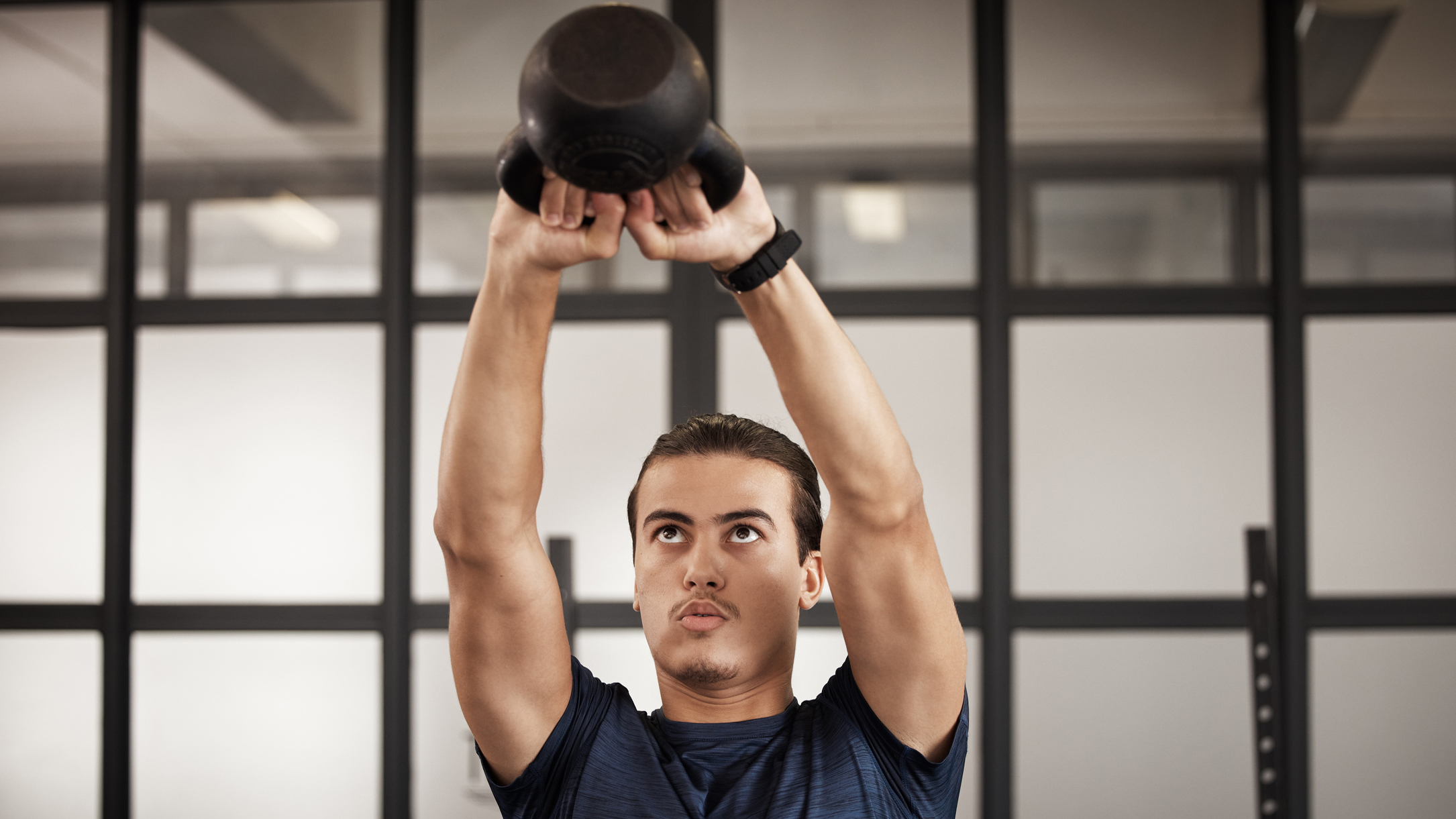

Dumbbells and barbells are designed to be easy to lift, but the kettlebell is a more awkward beast. It has an off-set center of mass, which constantly pulls against your hand, so your body has to work hard to stabilize itself against the cumbersome weight. This makes it a fun yet challenging tool, which is ideal if you want to add in some variety to your workouts.
Kate Meier, a personal trainer, gym owner and fitness writer has provided Fit&Well with this seven-move kettlebell workout for arms. The routine will target your biceps, triceps and the upper body. Start with light weights until you’re confident in your form, and always use weights that allow for controlled movements.
Don't have a kettlebell yet? Browse our round-up of the best kettlebells to buy in 2023.
1. Kettlebell swing
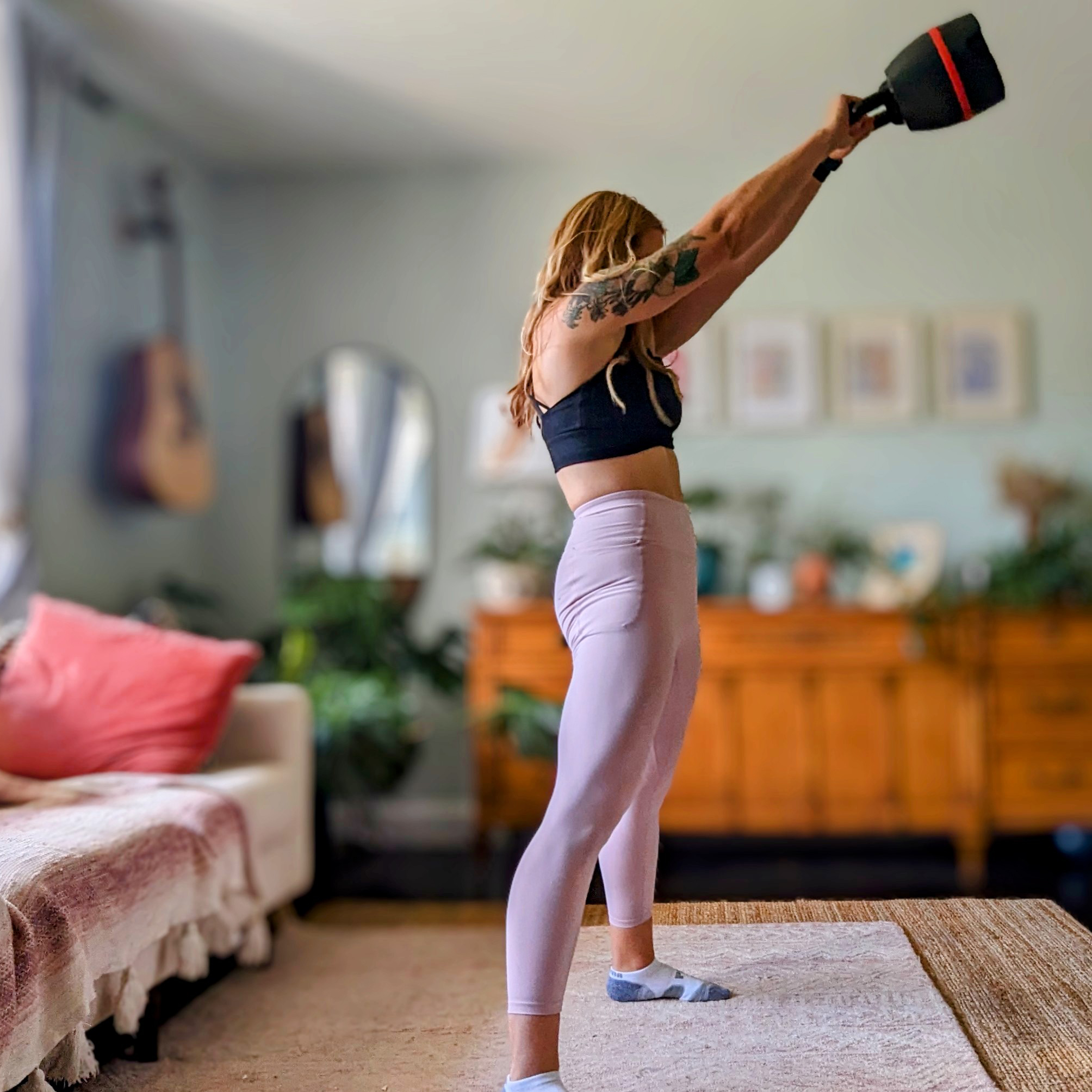
Reps: 10 - 12 Sets: 2 - 3
How to do it:
- Stand with your feet about shoulder width apart, holding a kettlebell with both hands. Let the kettlebell hang between your legs. Hinge at the hips, bend your knees slightly and swing the kettlebell back between your legs.
- Drive your hips forward and use that momentum to swing the kettlebell up to chest height, keeping your arms straight.
Targets Shoulders, arms, abs, glutes, hamstrings
Kettlebell swings are a great exercise at the start of a workout because they warm up and activate your body, including mobilizing your shoulders, helping you connect to, and brace, your core muscles. They also help boost your blood flow, so you’re ready to workout.
Get the Fit&Well Newsletter
Start your week with achievable workout ideas, health tips and wellbeing advice in your inbox.
According to Meier: “With kettlebell swings, it’s important to ensure you have control over the kettlebell throughout the movement. Don’t swing the bell erratically.”
2. Kettlebell halo

Reps: 5 - 6 in each direction Sets: 2 - 3
How to do it:
- Hold the kettlebell by the sides of the handle, keeping it at chest level and close to your body.
- Circle the kettlebell around your head in a controlled manner in one direction, then reverse the movement.
Targets Shoulders, triceps, upper back, core
The kettlebell halo is another exercise that helps warm up and mobilize the shoulder joints while building strength in the triceps, upper back, and core.
“Keep the kettlebell close to your body, and perform this movement slowly and with control,” says Meier.
3. Alternating kettlebell biceps curl
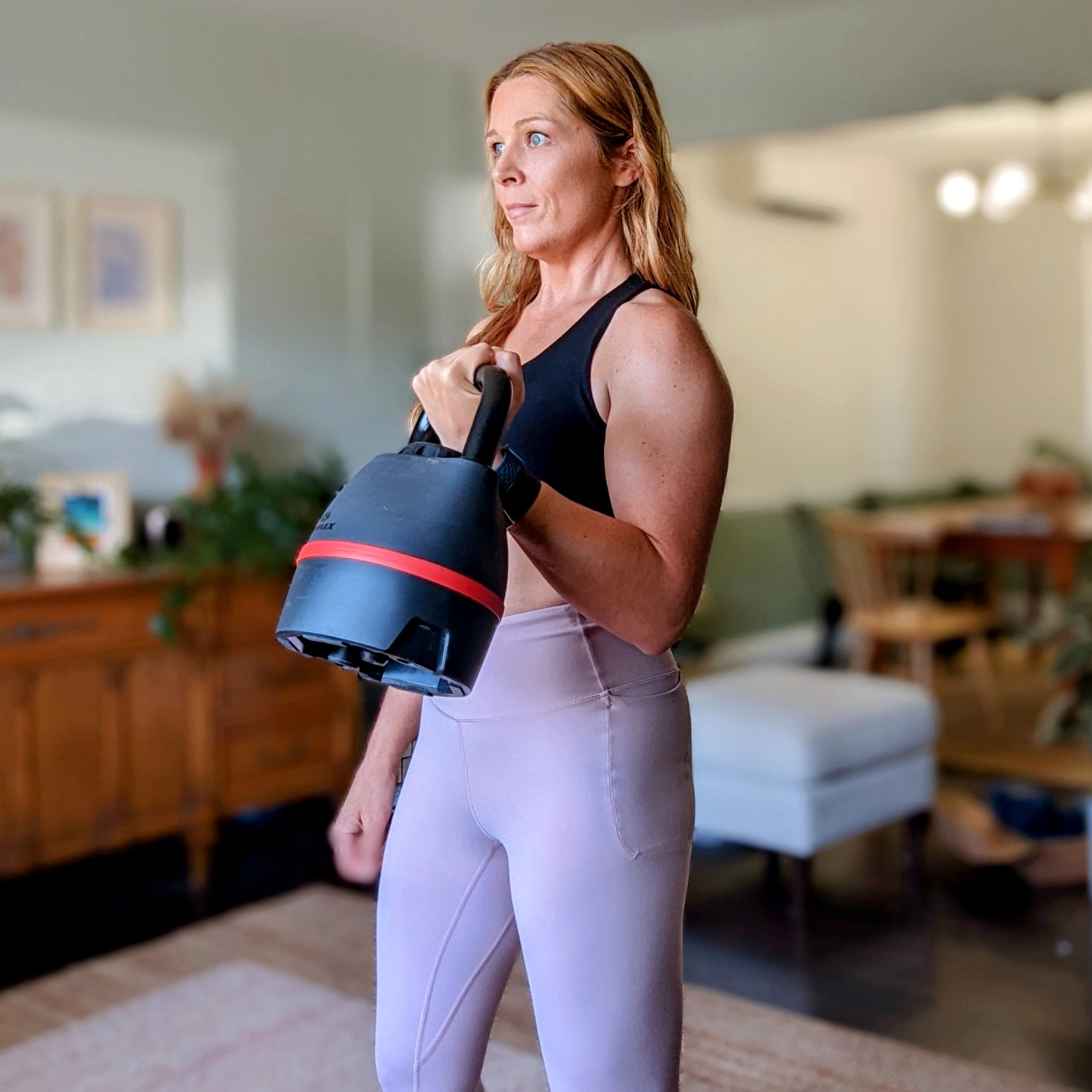
Reps: 10 - 12 on each arm Sets: 2 - 3
How to do it
- Hold a kettlebell in each hand with your arms extended down at your sides, palms facing forward.
- Curl one kettlebell up toward your shoulder, keeping your upper arm still and your elbow at your side. Squeeze your biceps at the top of the movement, then lower the kettlebell back down with control.
Targets Biceps
Kettlebell biceps curls are a great alternative to dumbbell curls that keep constant tension on the biceps and reduce strain on the shoulders.
“Keep your elbow pinned to your side as you curl the kettlebell up, and avoid using momentum to lift the kettlebell,” says Meier.
4. Kettlebell triceps kickback
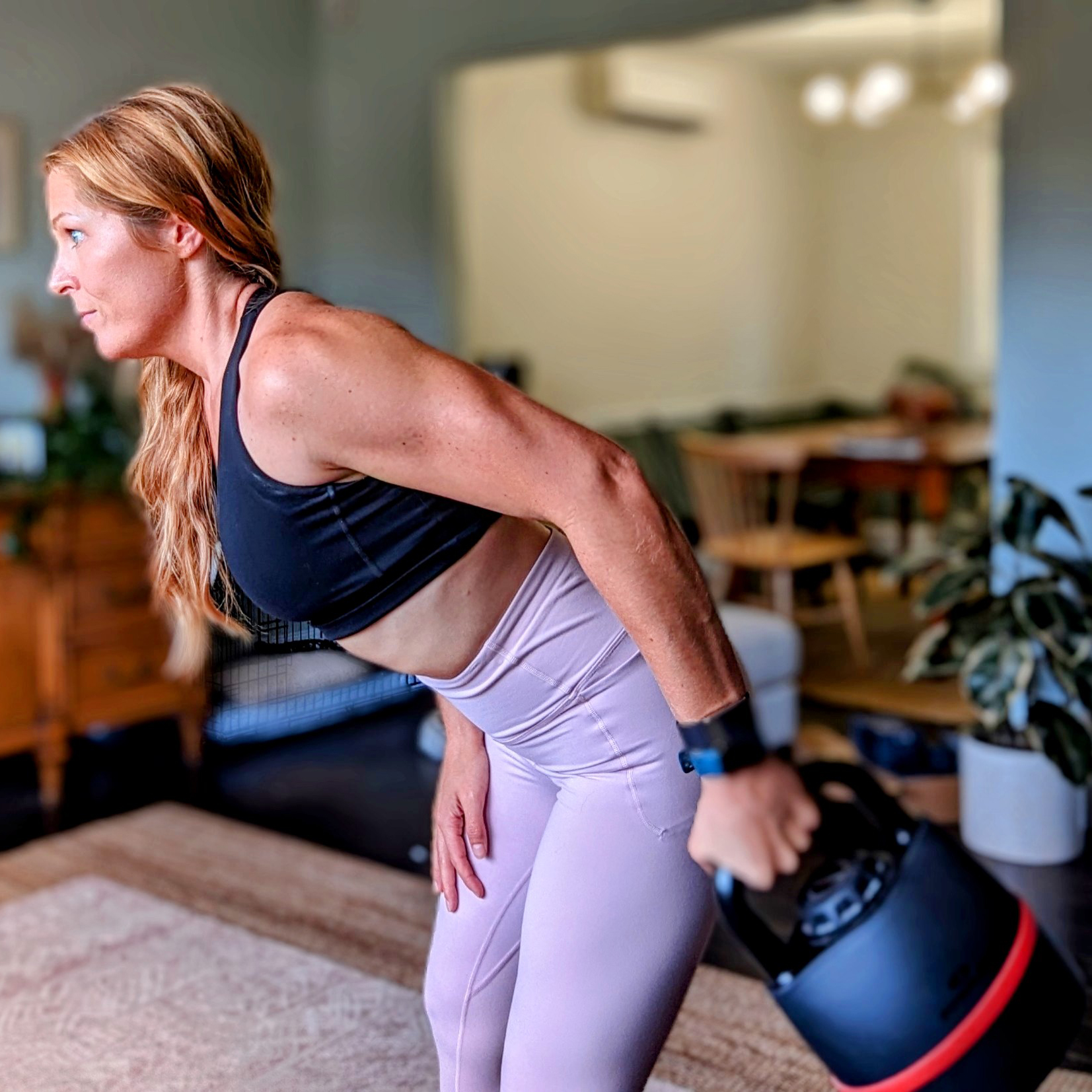
Reps: 10 - 12 on each arm Sets: 2 - 3
How to do it:
- Stand with your feet shoulder width apart, holding a kettlebell in one hand. Hinge at your hips to bend forward slightly, keeping your back straight
- Extend the arm holding the kettlebell backward, keeping your upper arm in line with your torso. Engage your triceps to straighten your arm fully, then lower the kettlebell and repeat.
Targets Triceps
Performing kickbacks with a kettlebell helps keep constant tension on the intended muscles in the back of your arm, which can lead to better results in muscle-building.
“Keep your spine neutral and posture perfect throughout the movement,” says Meier.
5. Kettlebell renegade row
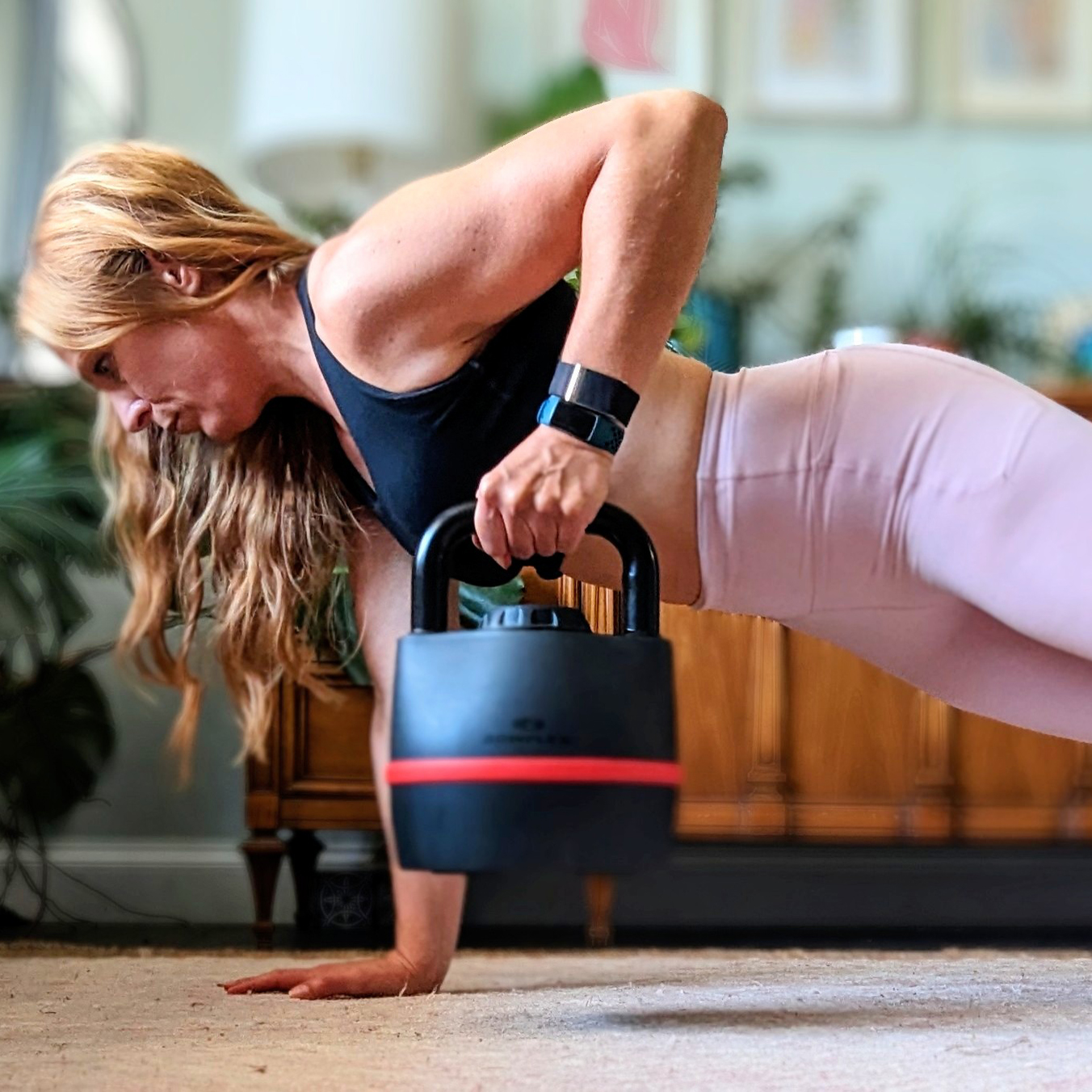
Reps: 10 - 12 Sets: 2 - 3
How to do it:
- Begin in a push-up position, each hand gripping a kettlebell on the floor. Your shoulders, hips and ankles should form a straight line.
- Perform a push-up, then row one kettlebell upward while balancing on the other. Lower the kettlebell back to the floor and repeat on the other side.
Targets: Core and back muscles
“When you complete the row your elbow should stay pointed upward, and the kettlebell should stay at chest level,” says Meier.
6. Kettlebell overhead triceps extension
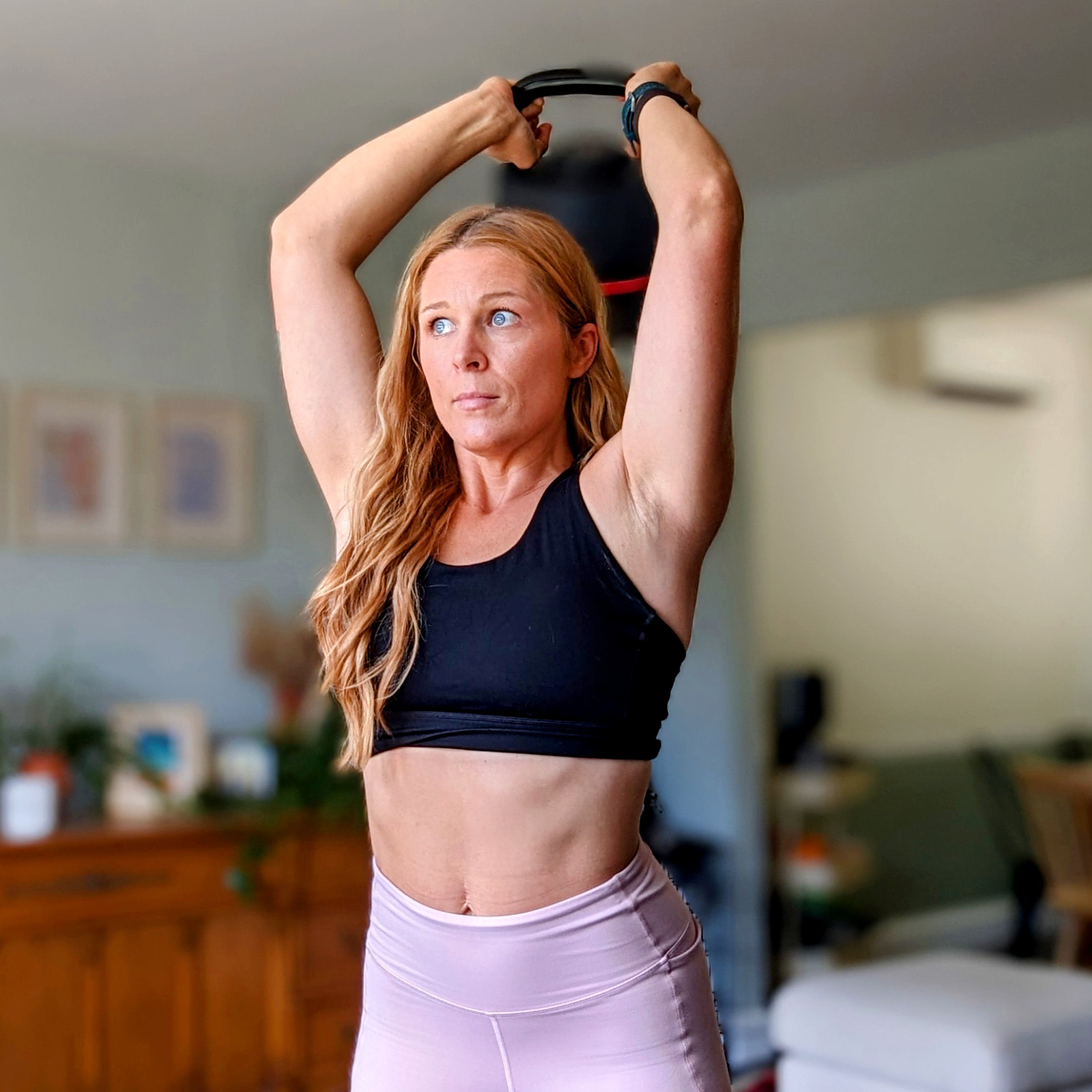
Reps: 10 - 12 Sets: 2 - 3
- Hold the kettlebell by the handle with both hands and lift your arms straight overhead. Keep your upper arms close to your head and your elbows pointing forward.
- Bend your elbows to lower the kettlebell behind your head, then extend your arms to lift it back up.
Targets Triceps
“This move can be done standing or seated, but make sure that your posture stays perfect and that you perform each rep with a full range of motion,” says Meier.
7. Single-Arm Kettlebell Push Press
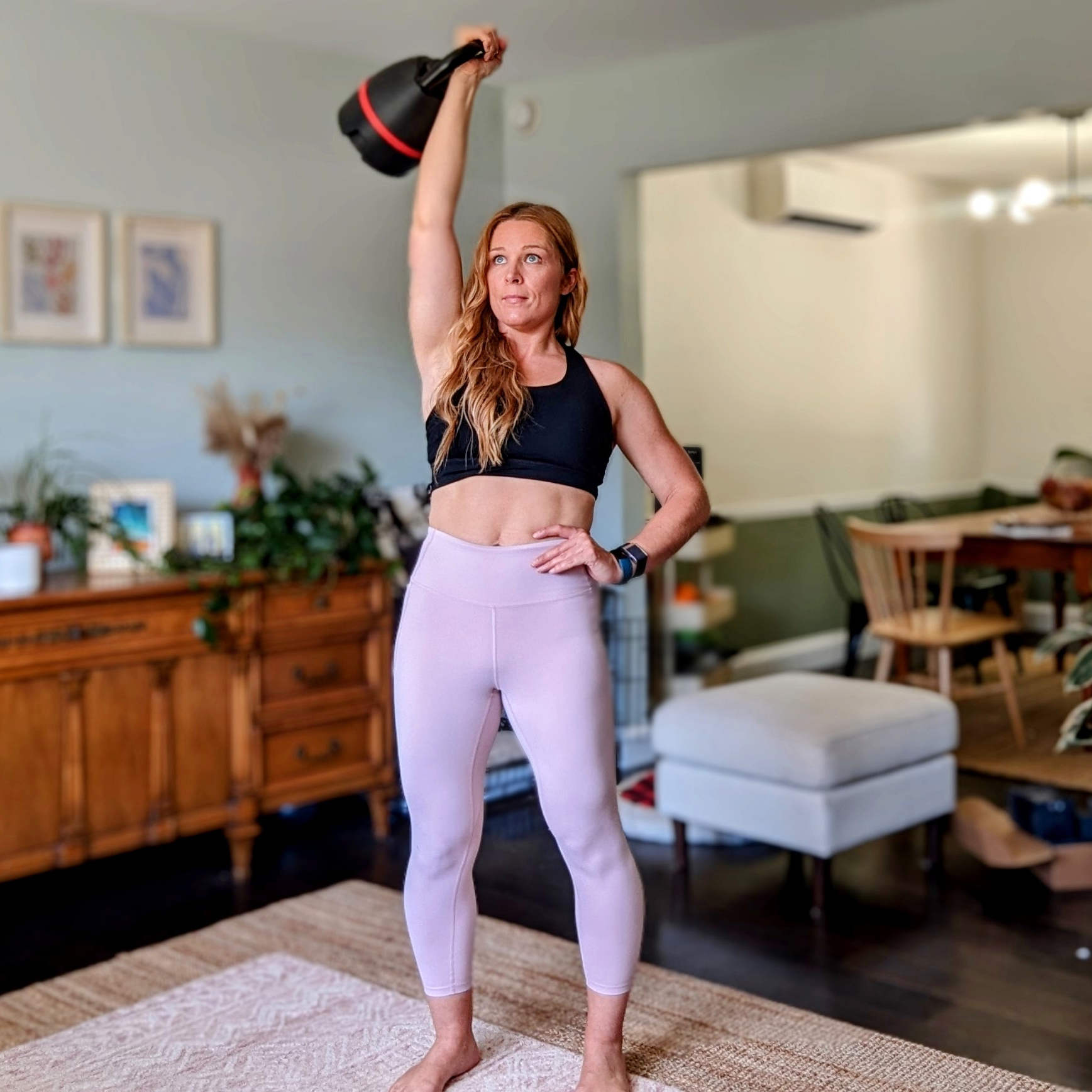
Reps: 10 - 12 each side Sets 2 - 3
How to do it:
- Hold a kettlebell in front of your shoulder by the handle, with your elbow bent and the bottom of the kettlebell resting against your forearm.
- Bend your knees and hips slightly, then explosively extend them to provide momentum as you press the kettlebell straight overhead. Lock out your arm at the top of the movement, then lower the kettlebell back to your shoulder and repeat.
Targets Shoulders, triceps, upper back, core, glutes
The single-arm kettlebell push-press is a dynamic movement that uses your lower body to provide extra power for pushing a heavier weight above your head. You’ll then lower this heavier weight slowly and with control during the eccentric portion (lowering phase), which helps grow muscle mass.
“Start with a light weight until you’ve mastered the form. You should be able to control the weight on the way down and reset before your next rep,” says Meier.
If you found this kettlebell workout too challenging, try scaling back the weight or have a go at this kettlebell workout for beginners instead.
Need some help picking a new weight? Read our advice on what kettlebell weight you should get
Rachel is a lifelong health and fitness enthusiast with 15 years of experience, a certified personal trainer, and a fitness writer with bylines at Livestrong, Verywell, and Insider. She is passionate about clearly and accessibly communicating actionable and science-based fitness advice. Alongside her writing, Rachel also holds several certifications, including nutrition, prenatal/postpartum exercise, and pain-free performance. She lives in coastal Eastern Canada, and her hobbies include jiu-jitsu, hiking, and trips to the beach.
-
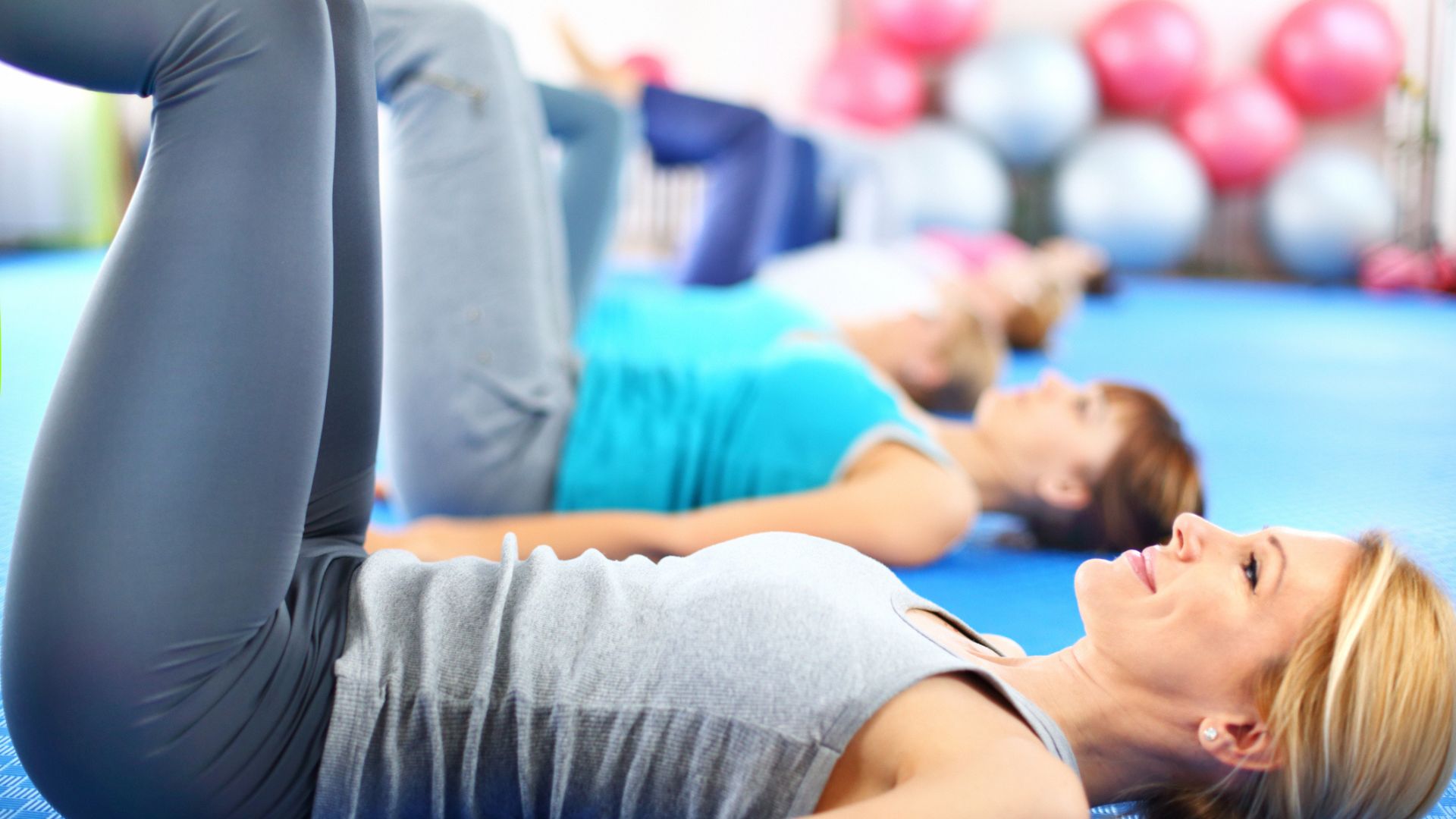 A Pilates instructor says this is the beginner-friendly core exercise everyone should try
A Pilates instructor says this is the beginner-friendly core exercise everyone should tryForget crunches, this is the perfect foundation move
By Alice Porter Published
-
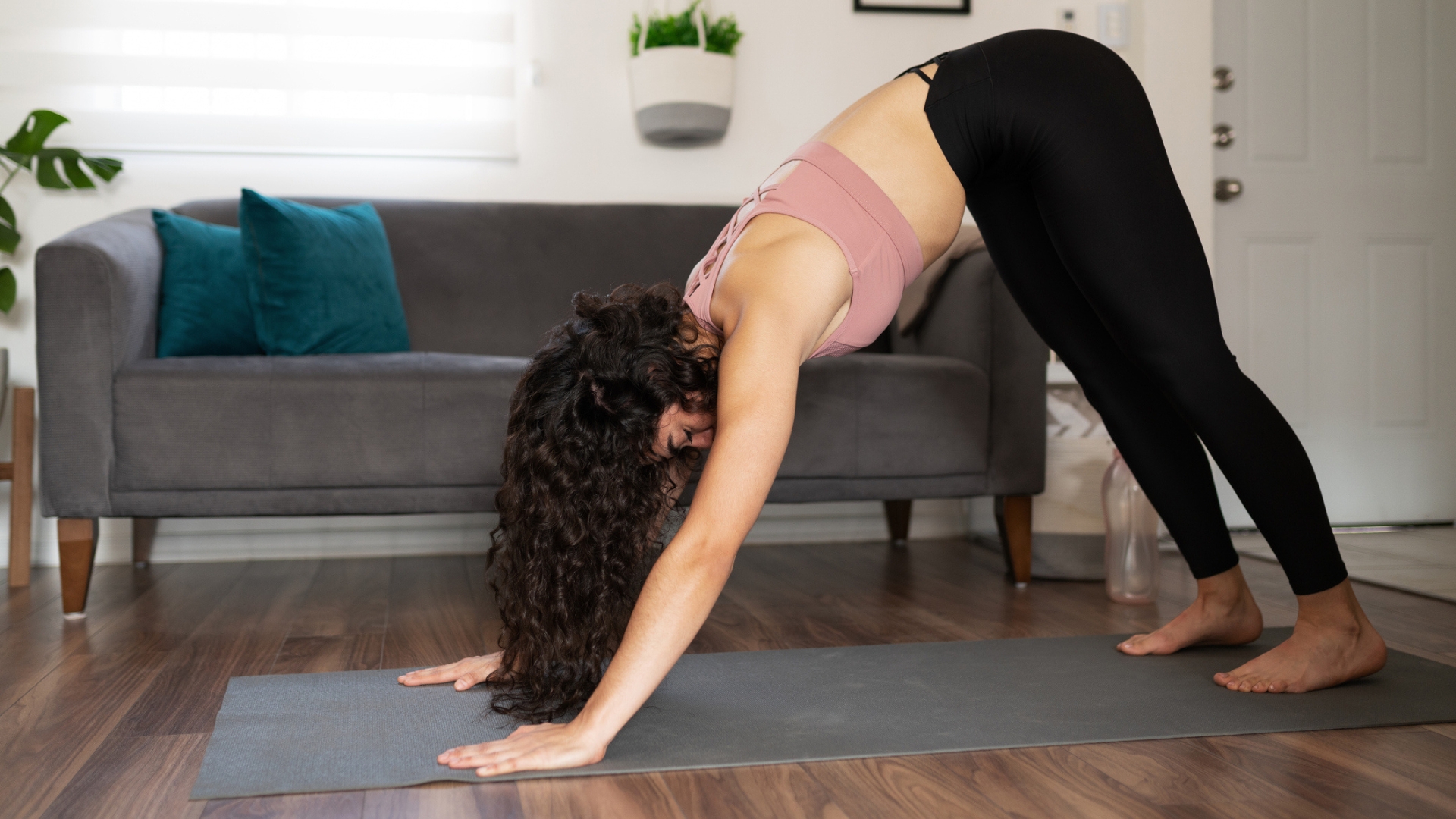 Prevent poor posture and release tension from sitting down with these four simple stretches from a yoga instructor
Prevent poor posture and release tension from sitting down with these four simple stretches from a yoga instructorThe daily poses he swears by, no matter what
By Alice Porter Published